| University of Colorado at Boulder | ||||||||||||||||||||||||||||||||||||||||||||||||||||||||||||||||||||||||||||||||||||||||||||||||||||||||||||||||||||||
 |
||||||||||||||||||||||||||||||||||||||||||||||||||||||||||||||||||||||||||||||||||||||||||||||||||||||||||||||||||||||
|
Upstream oil and gas development is the process of oil and gas exploration and production, which includes site selection, drilling, hydraulic fracturing and flowback. Flowback involves the flow of oil, gas, hydraulic fracturing fluids, and formation waters from the shale formation to the surface. Midstream activities include transport often via pipelines but also via rail, barge, oil tankers and trucks; downstream activities include processing of gas, or refining of oil and marketing and distribution to end users. Figure 3 presents a systems view of upstream oil and gas operations. Choose a specific operation to see specific activities associated with the operation. Figure 3: Systems View of Upstream Activities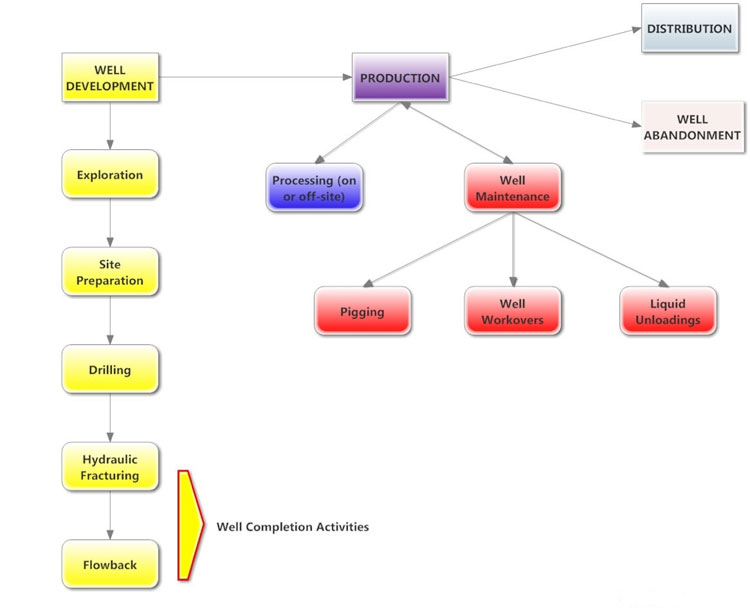 As shown in Table 1, some of the potential hazards associated with upstream oil and gas development are present at all the steps shown in the systems figure, some are largely associated with the well development steps, and a few are specific to a particular step. Large trucks are used in all steps to transport supplies, equipment, chemicals, water, and exploration and production (E&P) waste to and from the sites. Hazards associated with large trucks include diesel emissions, traffic accidents, spills, noise, and vibrations. Various types of heavy equipment, such as earth moving machinery, drill rigs, and workover rigs are used throughout the system. Hazards associated with heavy equipment include diesel emissions, worker accidents, noise, vibrations, and light. The flaring of gas at any step adds to the potential noise hazard and adds a hazard for exposure to nitrogen oxides, carbon monoxide, and particulate matter. Venting during well unloadings or other maintenance may add hazardous air pollutants, such as benzene, toluene, and hexane, to nearby surroundings and the local air shed. Loss of well control, blow-outs, and hydrogen sulfide releases are hazards associated with drilling, hydraulic fracturing, flowback, and well workovers. In addition to the public health hazards associated with each step above, the injection of exploration and/or production wastes into deep wells has been associated with earthquakes; and the discharge of exploration and production wastes to surface water may compromise water quality. To see some of the potential health risks associated with some of the hazards in the table below, click on the hazard. Table 1: Hazards Associated With Upstream ActivitiesAdapted from Adgate 2014
1Diesel emissions include particulate matter, nitrogen oxides6, polycyclic aromatic hydrocarbons such as naphthalene, 1,3-butadiene, aldehydes6 such as formaldehyde, and sulfur dioxides. 2Drilling mud chemicals may include boric acid, borate salts, rubber-based oil, barium compounds, and synthetic oil. 3Fracturing fluid chemicals may include methanol, glutaraldehyde, N,N-Dimethylformamide, ethylene glycol monobutyl ether (also known as 2-B,E or 2-butoxyethanol), petroleum distillates, ethylene glycol, isopropanol (also known as rubbing alcohol), stoddard solvent (also known as mineral spirits, petroleum solvent, spotting naphtha), acetic acid, potassium chloride, ammonium persulfate, hydrochloric acid, and hydroxyethyl cellulose. 4Petroleum hydrocarbons may include benzene, toluene, ethylbenzene, xylene (these 4 chemicals are sometimes referred to as BTEX), trimethylbenzenes, propane, n-butane, n-pentane, n-hexane, n-heptane, n-nonane, and n-octane. 5Inorganic chemicals may include barium, strontium, bromine, heavy metals, salts and NORM (naturally occurring radioactive materials: radium, radon, uranium, thorium, and potassium). 6Volatile organic chemicals are chemicals containing carbon and hydrogen atoms that easily vaporize. They include petroleum hydrocarbons and aldehydes which both can react with nitrogen oxides in the presence of sunlight to form ground level ozone. 7Methane and carbon dioxide are not toxic at the levels occurring with well development and production. They are greenhouse gases and may affect public health through their contributions to global climate change.
|
||||||||||||||||||||||||||||||||||||||||||||||||||||||||||||||||||||||||||||||||||||||||||||||||||||||||||||||||||||||
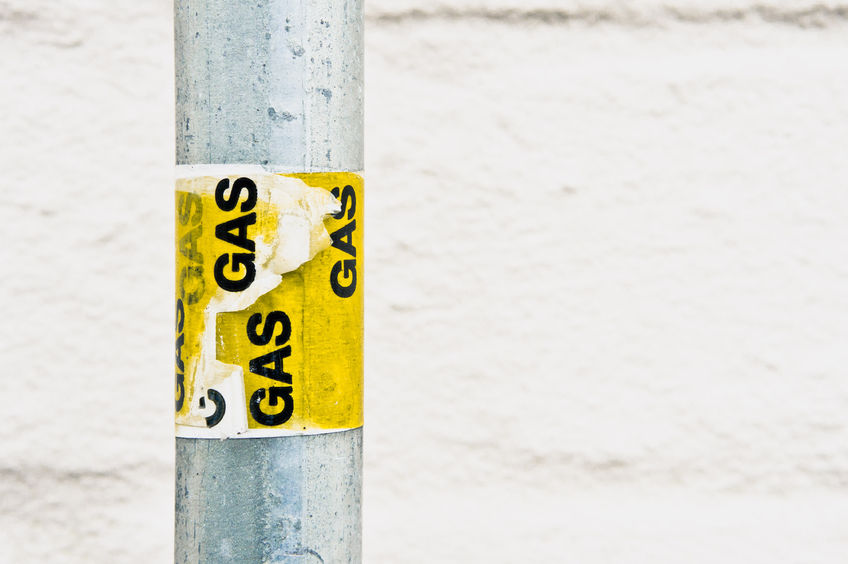
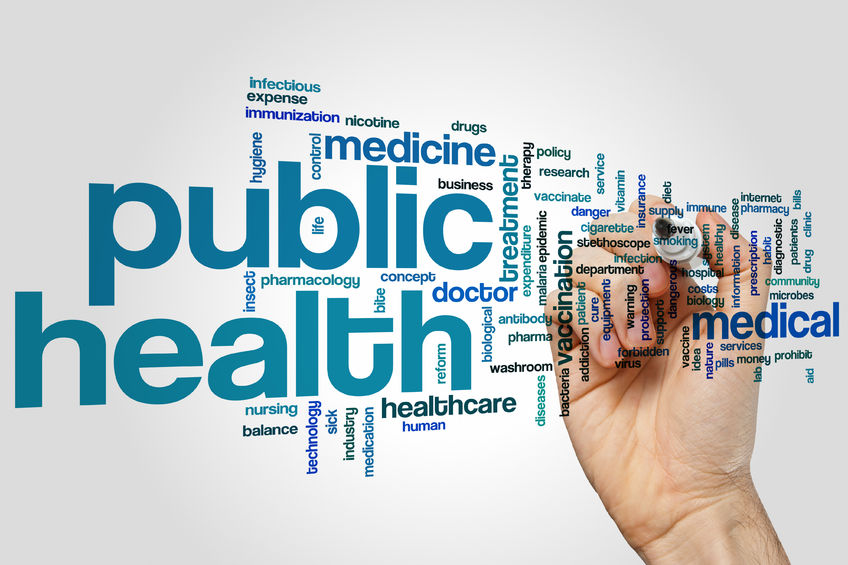 Public Health Basics
Public Health Basics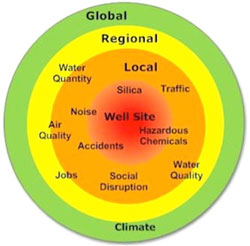 Exposure
Exposure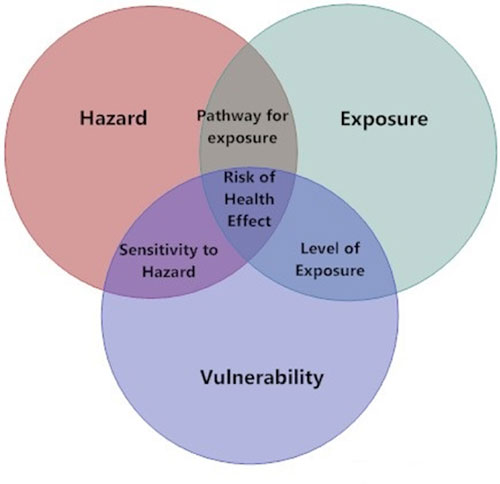 Public health Risks
Public health Risks Best Management Practices
Best Management Practices Resources for Communities
Resources for Communities